In the paragraphs below, we will look at a skin care product that is supposedly aimed at "skin firming" by 'tightening' or 'toning' the consumer's skin to appear young and healthy skin. Specifically, we will break the blog post into two parts: 1) An Ingredient List and 2) a discussion about the ingredients and functionality of each. Below is part 1 of the first product -- a Skin Firming Moisturizer product.
Here is a picture of the skin care product named 'Jergens Skin FirmingMoisturizer' below:
Without further ado, lets start exploring the skin firming moisturizer in greater detail.
Skin Firming Moisturizer
As I just mentioned, the product that we are exploring today is named 'Jergens Skin Firming Moisturizer' and is specifically for tightening and toning older skin to appear younger. If we look at the product description from the website 'Amazon' -- here is what the site states as a selling point:
About the Product
JERGENS Skin Firming Moisturizer helps you achieve deeply luminous, visibly firmer skin. This unique formula tightens and increases elasticity of celllulite prone skin for visibly firmer results.
Reduces the appearance of cellulite and features a unique illuminating HYDRALUCENCE blend, Collagen, and Elastin.
Improves skin‘s resiliency, elasticity, and firmness. With an exclusive anti-cellulite Firm Perfecting Complex.
Relieves dryness and replenishes moisture to improve skin‘s tone, texture, and luminosity.
The marketing teams behind these products are amazing -- the teams can really sell a product. I have to give credit where credit is due. Of course, this credit is only from a 'selling standpoint' and not from a 'scientific standpoint' -- which we shall explore shortly.
According to the product manufacturer's claim, the skin firming moisturizer is a 'unique formula' that will increase "elasticity of cellulite prone skin for visibly firmer results." Remember this claim along with other mystifying statements like "features a unique illuminating HYDRALUCENCE blend, Collagen, and Elastin." From my read, the last statement is the most true statement: "Relieves dryness and replenishes moisture to improve skin's tone, texture, and luminosity." After going through the ingredient list, these claims will be either proven true or false!
If the container is turned around to reveal the backside of the product container, the statement and ingredients are shown as follows:
and zooming in on the ingredients, the list is shown below:
Remember in the original post that aging skin appears dry, flaky, and saggy due to the loss of 'collagen'. Additionally, the 'saggy' skin is often referred to as 'crepey' skin too. If a product was advertised to 'tighten' and 'tone' skin to make the skin appear to be more youthful skin, then obviously, the product would sell well and appeal to a large audience. I imagine that is the case with the following product under review in this post.
How do the ingredients function to make skin appear 'tightened' and 'toned'?
If the ingredient list is explored into greater detail, a better understanding of the function of each ingredient will become apparent. In the next section, a list will be formed using data collected on a very resource rich website 'Environmental Working Group'. The EWG is a nonprofit organization whose mission is to demystify the harmful ingredients that are contained in consumer products and lobby in Washington D.C. toward safer use of chemicals in consumer products. Their website is dense in information.
One of the overarching goals on the KaiserWellnessCenter blog is to provide you (the reader) with the correct resources that you can use for yourself in your journey toward wellness and a better understanding of the surrounding environment. Below, I will list information 'about' the chemical in question and the 'function' of the chemical in question. You might ask:
Where does this information come from?
One of the chemicals off of the ingredient list is "Aluminum Starch Octenyl Succinate" with an ingredient profile from the EWG that is shown below:
As you can see, the two pieces of information needed to understand the importance of the ingredient are the "about" and "function" of the chemical. Also, the various names would be useful as different manufacturers of different products might choose to use different names. The EWG provides a fair amount of information in the frame shown above. Although, if you type in the chemical name like I did, there is more data on the chemical not shown in the image above. I broke the webpage for "Aluminum Starch OctenylSuccinate" up into three images. Here are the remaining two with additional toxicity data and resources on the references of the information above:
And ...
The EWG is one great resource to find information on chemicals in consumer products that are sold on the market. Additional sites do exist along with reference books (like "A Consumer's Dictionary Of Cosmetic Ingredients") which will be mentioned as we explore different products. For the purpose of the introductory post on a "skin firming moisturizer," the EWG will be the sole source of the ingredient list. In the future, you will be able to type in a variation of a name and search for yourself.
Ingredient List
I just mentioned that a list of the two types of information would be made about each ingredient. Each ingredient will be underlined and then followed by two sentences. The first sentence will contain the "about" information. Whereas the second sentence will contain the "function" of the chemical in the product.
Note: the information on the ingredient list is taken directly from the website - EWG. This is to illustrate the first pass at deconstructing any ingredient list. In future posts, only relevant functions will be extracted for the product under review.
Remember, click on any of the 30 chemicals listed and you will be directed to the original source -- the EWG website page for the chemical in question.
1) Water:
About: n/a
Function: Solvent
2) Glycerin:
About: Glycerin (also called glycerol) is a naturally occurring alcohol compound and a component of many lipids.
Function(s): Denaturant; Fragrance Ingredient; Hair Conditioning Agent; Humectant; Oral Care Agent;Oral Health Care Drug; Skin-Conditioning Agent - Humectant; Skin Protectant; Viscosity Decreasing Agent; PERFUMING; SOLVENT
3) Cetearyl Alcohol:
About: Cetearyl Alcohol is a mixture of cetyl and stearyl alcohols that can come from vegetable or synthetic sources.
Function(s): Emulsion Stabilizer; Opacifying Agent; Surfactant - Foam Booster; Viscosity IncreasingAgent - Aqueous; Viscosity Increasing Agent - Nonaqueous; EMOLLIENT; EMULSIFYING; EMULSION STABILISING; FOAM BOOSTING; VISCOSITY CONTROLLING
4) Petrolatum:
About: Petrolatum is a semisolid mixture of hydrocarbons obtained from petroleum.
Function(s): Hair Conditioning Agent; Skin-Conditioning Agent - Occlusive; Skin Protectant; EMOLLIENT; MOISTURISING; UV ABSORBER
5) Mineral oil:
About: Mineral Oil is a liquid mixture of hydrocarbons obtained from petroleum.
Function(s): Fragrance Ingredient; Hair Conditioning Agent; Skin-Conditioning Agent - Emollient;Skin-Conditioning Agent - Occlusive; Skin Protectant; Solvent; ANTISTATIC; PERFUMING; SKIN PROTECTING
6) Ceteareth-20:
About: Ceteareth-20 is the polyethylene glycol ether of cetearyl alcohol; may contain potentially toxic impurities such as 1,4-dioxane.
Function(s): Surfactant - Cleansing Agent; Surfactant - Solubilizing Agent.
7) Aluminum Starch Octenyl Succinate:
About: This ingredient is an aluminum salt of chemically modified starch.
Function(s): Absorbent; Anticaking Agent; Viscosity Increasing Agent - Nonaqueous; VISCOSITY CONTROLLING.
8) Cyclopentasiloxane:
About: Cyclopentasiloxane (cyclomethicone) is a silicon-based cyclic compound; may be associated with environmental toxicity.
Function(s): Hair Conditioning Agent; Skin-Conditioning Agent - Emollient; Solvent; SKIN CONDITIONING
9) Acrylates Copolymer:
About: Acrylates copolymer is composed of acrylic acid and methacrylic acid building blocks.
Function(s): Adhesive; Artificial Nail Builder; Binder; Film Former; Hair Fixative; Suspending Agent -Nonsurfactant; ANTISTATIC; BINDING; FILM FORMING
10) Dimethicone:
About: Dimethicone (also called polymethylsiloxane) is a silicon-based polymer used as a lubricant and conditioning agent.
Function(s): Antifoaming Agent; Skin-Conditioning Agent - Occlusive; Skin Protectant; EMOLLIENT; SKIN CONDITIONING; SKIN PROTECTING.
11) Stearic Acid:
About: Stearic acid is a naturally occurring fatty acid.
Function(s): Fragrance Ingredient; Surfactant - Cleansing Agent; Surfactant - Emulsifying AgentSurfactant-Cleansing Agent is included as a function for the soap form of Stearic Acid.; EMULSION STABILISING; MASKING; REFATTING.
12) Glyceryl Dilaurate:
About: Glyceryl Dilaurate is a diester of glycerin and lauric acid.
Function(s): Skin-Conditioning Agent - Emollient; EMULSIFYING.
13) DMDM hydantoin:
About (FORMALDEHYDE RELEASER): DMDM hydantoin is an antimicrobial formaldehyde releaser preservative.
Function(s): Preservative.
14) MethylParaben:
About: Methylparaben is in the paraben family of preservatives used by the food, pharmaceutical, and personal care product industries.
Function(s): Fragrance Ingredient; Preservative.
15) Fragrance:
About: The word "fragrance" or "parfum" on the product label represents an undisclosed mixture of various scent chemicals and ingredients used as fragrance dispersants such as diethyl phthalate.
Function(s): DEODORANT; MASKING; PERFUMING.
16) Butylene Glycol:
About: Butylene glycol (1.3-Butanediol) is a small organic alcohol used as solvent and conditioning agent.
Function(s): Fragrance Ingredient; Skin-Conditioning Agent - Miscellaneous; Solvent; ViscosityDecreasing Agent; HUMECTANT; MASKING; SKIN CONDITIONING; VISCOSITY CONTROLLING.
17) Acrylates/C10-30 Alkylacrylate Crosspolymer:
About: This ingredient is a polymer of actylic acid and related chemicals.
Function(s): Emulsion Stabilizer; Viscosity Increasing Agent - Aqueous; Viscosity Increasing Agent -Nonaqueous; EMULSION STABILISING; FILM FORMING; VISCOSITY CONTROLLING.
18) PropylParaben:
About: Propylparaben is in the paraben family of preservatives used by the food, pharmaceutical, and personal care product industries.
Function(s): Fragrance Ingredient; Preservative; PERFUMING.
19) Hydrolyzed Wheat Protein/PNP Crosspolymer:
About: Hydrolyzed Wheat Protein/PVP Crosspolymer is a crosslinked copolymer of HydrolyzedWheat Protein (q.v.) and PVP (q.v.).
Function(s): Film Former; Hair Conditioning Agent; Hair Fixative; FILM FORMING; HAIR FIXING.
20) Sodium Hydroxide:
About: Sodium Hydroxide is a highly caustic and reactive inorganic base.
Function(s): Denaturant; pH Adjuster; BUFFERING.
21) Arginine:
About: Arginine is a naturally occurring amino acid.
Function(s): Fragrance Ingredient; Hair Conditioning Agent; Skin-Conditioning Agent - Miscellaneous; ANTISTATIC; MASKING; SKIN CONDITIONING.
22) Tocopheryl Acetate:
About: Tocopheryl acetate is a chemical compound that consists of acetic acid and tocopherol (vitamin E)
Function(s): Antioxidant; Skin-Conditioning Agent - Miscellaneous; SKIN CONDITIONING.
23) Centella Asiatica Extract:
About: Extract of the leaves and roots of the medicinal plant Gotu Kola, Centella asiatica.
Function(s): Skin-Conditioning Agent - Miscellaneous; SKIN CONDITIONING.
24) Cocos Nucifera (Coconut) Water:
About: Cocos Nucifera (Coconut) Water is an aqueous solution of the steam distillate obtained fromCocos nucifera.
Function(s): Fragrance Ingredient; MASKING.
25) Hydrolyzed Collagen:
About: Hydrolyzed Collagen is a hydrolysate of animal or fish collagen derived by acid, enzyme orother method of hydrolysis. It is characterized by a significant level of hydroxyproline residues.
Function(s): Hair Conditioning Agent; Nail Conditioning Agent; Skin-Conditioning Agent - Miscellaneous; ANTISTATIC; EMOLLIENT; FILM FORMING; HUMECTANT; SKIN CONDITIONING.
26) Polyimide-1:
About: Polyimide-1 is a terpolymer that is made by reacting poly(isobutylene-alt-maleic anhydride)with dimethylaminopropylamine and methoxy-PEG/PPG-31/9-2-propylamine in a mixture of ethanol andWater.
Function(s): Film Former; Hair Fixative; FILM FORMING.
27) Withania Somnifera Root Extract:
About: Withania Somnifera Root Extract is an extract of the roots of Withania somnifera.
Function(s): Not Reported; SKIN CONDITIONING.
28) Fucus Vesiculosus Extract:
About: Fucus Vesiculosus Extract is an extract of the dried thallus of the bladderwrack alga, Fucusvesiculosus.
Function(s): Fragrance Ingredient; Skin-Conditioning Agent - Miscellaneous; PERFUMING.
29) Hydrolyzed Elastin:
Function(s): HAIR CONDITIONING; SKIN CONDITIONING.
That is all of the ingredients listed on the backside of the bottle of 'Jergens Skin Firming Moisturizer' with 'Hydralucence' technology. The chemical named 'Hydralucence' was not listed on the above list -- why? Because, the name is not of a chemical but of a technology. More specifically, the 'Hydralucence' technology is the propietary blend.
Conclusion . . .
For the time being, the above information shall give you (the reader a start) into thinking about the functions of the ingredients. Notice the following questions remain unanswered regarding the "skin firming lotion" advertised above:
1) What are the toxicities associated with each chemical on the list above?
2) What are the concentrations of each chemical?
3) How do all of the above chemicals function together to provide the marketed claims?
4) What does 'emollient' mean?
5) What is an 'humectant'?
6) What are some of the definitions of the terms listed in the 'functions' section?
These questions along with others will be entertained in the next post. Remember, since the "Anti-Aging Skin Series" is about breaking down the initial post into digestible parts, we must stick with the tradition of doing so. In the meantime, the above list along with the claims in the marketing listing provide you with a few terms and questions to think about until we tackle the functionality and myths associated with the ingredients and claims in the next post -- post 6.
Until next time, Have a great day!
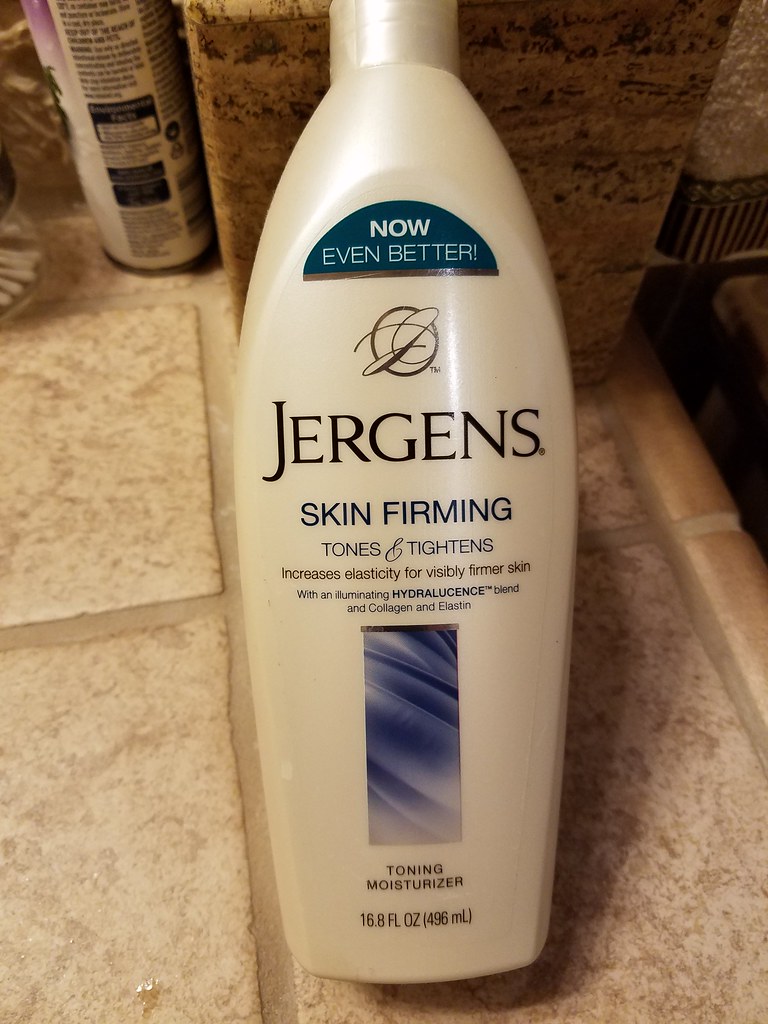
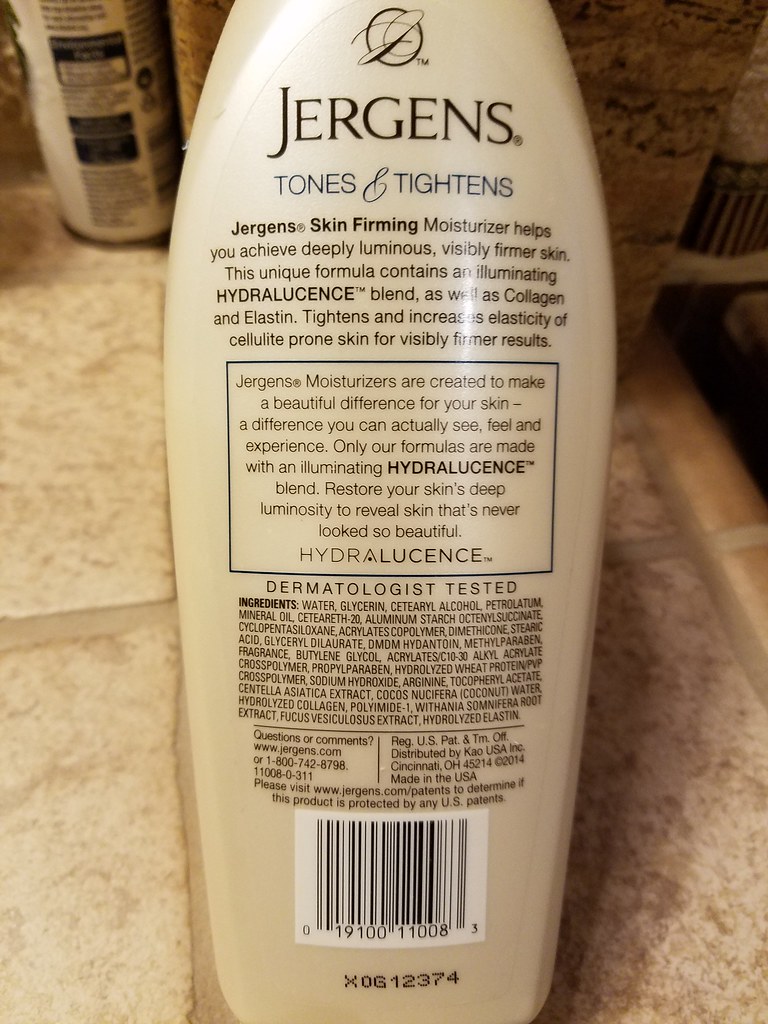
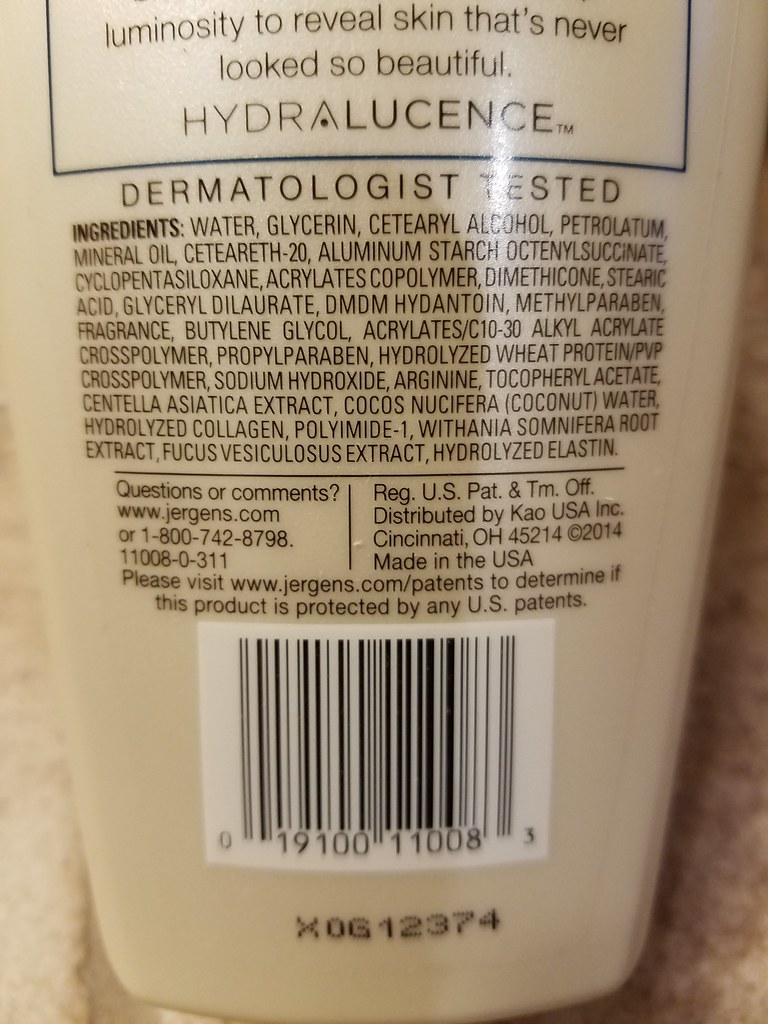

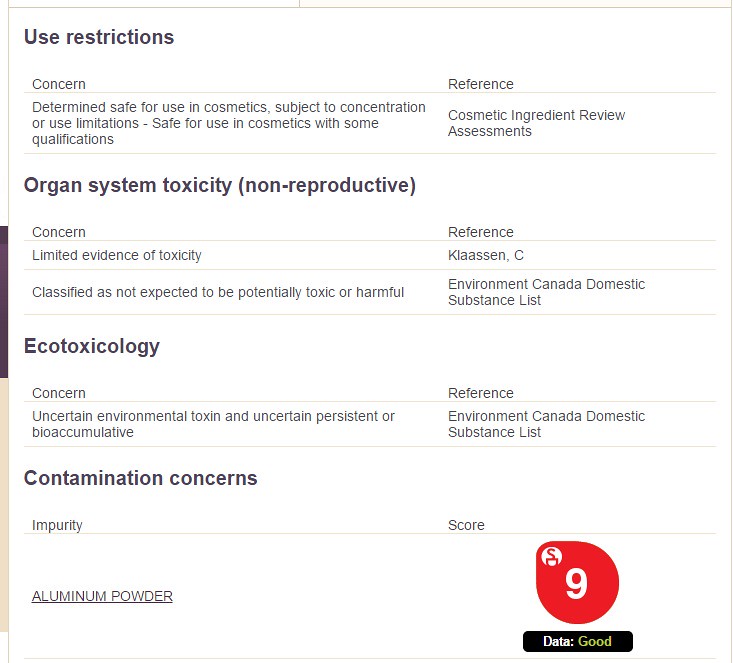
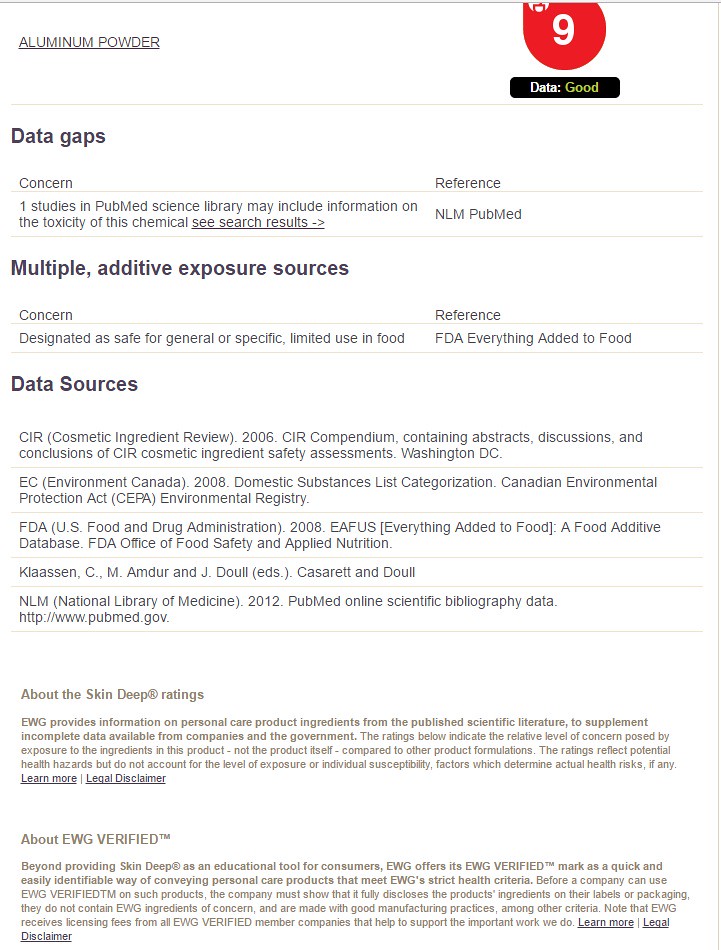
No comments:
Post a Comment